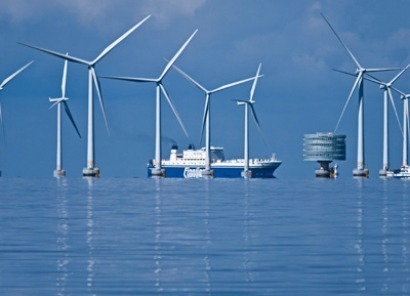
The consultation concerns proposals for a cap and floor regulatory regime applied to the NSN interconnector project which is expected to become operational in 2020 and will link the UK and Norwegian electricity systems via a 700 kilometer subsea cable.
Under the ‘cap and floor’ approach, if developers’ revenues exceed the cap, then revenue above the cap is returned to consumers. If their revenues fall below the floor then consumers top up revenues to the level of the floor. Consumer gains and costs are passed on through the network costs element of their energy bills. Developers are protected by the revenue floor from the full financial risks of the project, while consumers are protected by the revenue cap from underwriting excessive profits. Projects are only awarded a cap and floor where there are clear benefits to trade and consumers.
Ofgem has already assessed the consumer benefits the project is expected to deliver, including increased competition in the wholesale electricity market and lower wholesale prices. The project will also enable a more varied and secure supply of electricity with increased access to renewable energy sources at lower cost. Ofgem’s initial project assessment is now available and the next step is to analyse development costs, design specifications and tendering arrangements to ensure that these deliver good value for consumers. Ofgem will consult on detailed cost assessments next year before going on to set provisional cap and floor levels for NSN’s future revenues.
“Our goal is to encourage new investment in interconnectors that will make energy supplies more secure and increase competition in the market to the ultimate benefit of households and businesses.” said Dermot Nolan, Ofgem’s chief executive. “Our consultation today sets out our analysis and evidence base and seeks views from all stakeholders. We expect to make a decision on the justification for the investment in March next year.”
Secretary of State for Energy, Ed Davey, added that the project is a crucial milestone in connecting Britain to Norway’s vast hydro resources. It would bring benefits to British energy security by providing enough green electricity to supply four million homes and helping to lower consumer bills.
Interconnectors can help drive wholesale competition and more efficient pricing as well as helping security of supply by increasing access to more sources of generation, particularly with regard to renewables. This is good news for governments trying to replace fossil fuels with cleaner technology.
For additional information:

